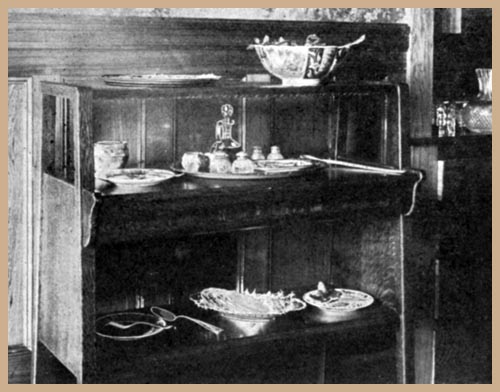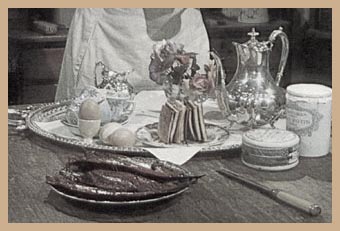Do not translate text that appears unreliable or low-quality. If possible, verify the text with references provided in the foreign-language article. You must provide copyright attribution in the single serving russian tea summary accompanying your translation by providing an interlanguage link to the source of your translation.
Tea is a part of Russian culture. Russian tea is brewed and can be served sweet, and hot or cold. Since 1638, tea has had a rich and varied history in Russia. Russia would increase its caravans going to China for tea, but only through state dealers. In 1706, Peter the Great made it illegal for any merchants to trade in Beijing.


The peak year for the Kiakhta tea trade was in 1824, and the peak year for the tea caravans was 1860. From then, they started to decline when the first leg of the Trans-Siberian Railway was completed in 1880. Faster train service allowed for tea to be imported from nearly a year and a half to eventually just over a week. By the late 19th century, Wissotzky Tea had become the largest tea firm in the Russian Empire. By the early 20th century, Wissotzky was the largest tea manufacturer in the world.





